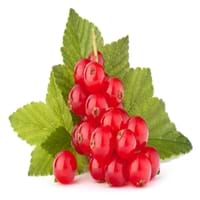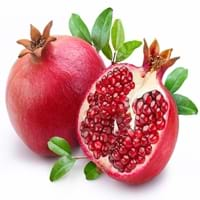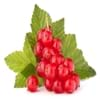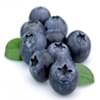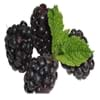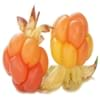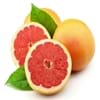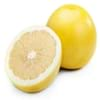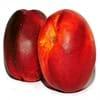Health Benefits
Cancer prevention, Gout treatment, Heart care, Regulation of heart rate, Treatment of rheumatism
Cancer prevention, Heart care, Helps in cartilage regeneration, Improves stomach health, Increase in haemoglobin, Increases metabolic rate, Prevents constipation
General Benefits
Anti oxidant properties, Controls blood pressure, Cures fever, Digestive aid, Healing of wounds, Helps in weight loss, Strengthens bones
Boosts immune system, Controls blood pressure, Controls blood sugar levels, Digestive aid, Maintains healthy cholesterol level
Skin Benefits
Brightens and lightens complexion, Reduces wrinkles, Treatment of acne
Anti-aging benefits, Skin rejuvenation, Treatment of acne
Hair Benefits
Protects hair
Prevents hair loss, Promotes longer and healthier hair, Treatment of dandruff
Allergy Symptoms
Abnormally rapid heart rate, Anaphylaxis, Breathing difficulty, Hives, Itching, Swallowing difficulties
Abdominal pains, Anaphylaxis, Itching
Side Effects
Possibly unsafe during pregnancy
Allergic reaction, Cold, Breathing difficulty, Irritation, Swelling
Best Time to Eat
Best if taken as a breakfast (or empty stomach), As a snack in the late afternoon, Don't eat after meal, Morning time (before lunch)
Best if taken as a breakfast (or empty stomach), As a snack in the late afternoon, Eat the fresh ones, avoid mixing with any other foods, don't eat after meal., Morning time (before lunch)
Vitamin B5 (Pantothenic Acid)
Vitamin C (Ascorbic Acid)
Vitamin K (Phyllochinone)
Calories in Fresh Fruit with Peel
Not Available
Calories in Fresh Fruit without Peel
Not Available
Calories in Frozen Form
Not Available
Not Available
Calories in Canned Form
Not Available
Not Available
Varieties
Rovada, Stanza, Red Lake, Junifer and Jonkheer van Tets
Balegal, Crab, Cloud, Francis, Freshman and Granada
Color
Red
Dark red, Light pink-red
Taste
Sour, Tart
Juicy, Sweet
Origin
Europe
India, Iran
Soil Type
Moist, Well-drained
Clay, Sand
Climatic Conditions
Cold
Cold, Dry, Hot
Facts about
- The albino version of red currants known as white currants, are often sold as different fruit.
- Red currant tea is healthy substitute for coffee.
- There are more than 150 varieties of red currants.
- Pomegranate means apple with many seeds.
- It was called as the “apple of Grenada” in early English.
- In Hinduism, this fruit symbolizes prosperity and fertility.
- Pomegranate trees can live upto 200 years.
Other Countries
Belgium, France, Germany, Ireland, Italy, Netherlands, Poland, Portugal, Scotland, Spain, Sweden, United Kingdom
Africa, India, Middle east, Pakistan
Top Importer
Germany
Europe
Top Exporter
Russia
India
Botanical Name
Ribes rubrum
Punica granatum
Synonym
Not Available
Punica malus
Subkingdom
Tracheobionta
Tracheobionta
Division
Magnoliophyta
Magnoliophyta
Class
Magnoliopsida
Magnoliopsida
Order
Saxifragales
Myrtales
Family
Grossulariaceae
Lythraceae
Species
R. rubrum
P. granatum
Generic Group
Saxifrage
Pomegranate
Difference Between Red Currant and Pomegranate
We might think that Red Currant and Pomegranate are similar with respect to nutritional value and health benefits. But the nutrient content of both fruits is different. Red Currant and Pomegranate Facts such as their taste, shape, color, and size are also distinct. The difference between Red Currant and Pomegranate is explained here.
The amount of calories in 100 gm of fresh Red Currant and Pomegranate with peel is 56.00 kcal and Not Available and the amount of calories without peel is Not Available and 83.00 kcal respectively. Thus, Red Currant and Pomegranate belong to Low Calorie Fruits and High Calorie Fruits category.These fruits might or might not differ with respect to their scientific classification. The order of Red Currant and Pomegranate is Saxifragales and Myrtales respectively. Red Currant belongs to Grossulariaceae family and Pomegranate belongs to Lythraceae family. Red Currant belongs to Ribes genus of R. rubrum species and Pomegranate belongs to Punica genus of P. granatum species. Beings plants, both fruits belong to Plantae Kingdom.
